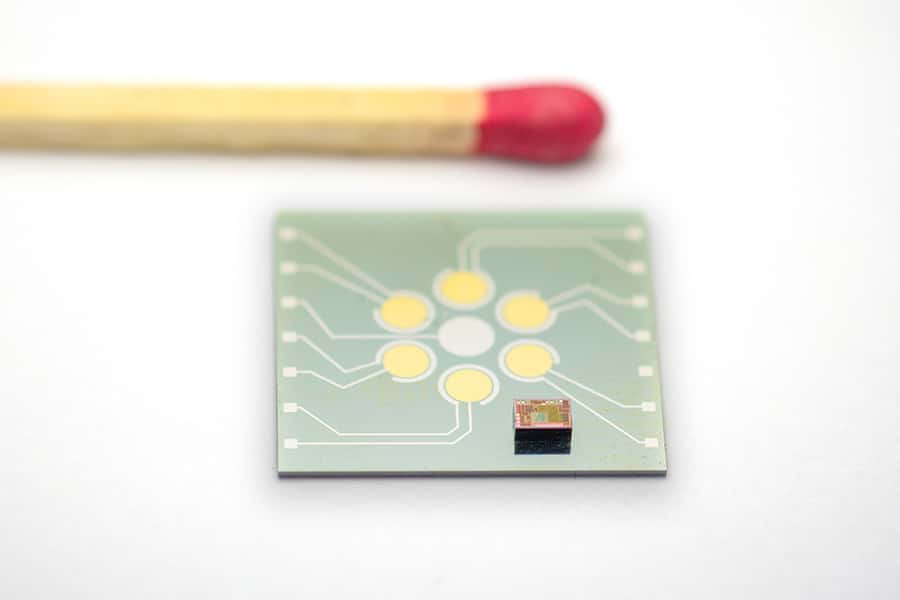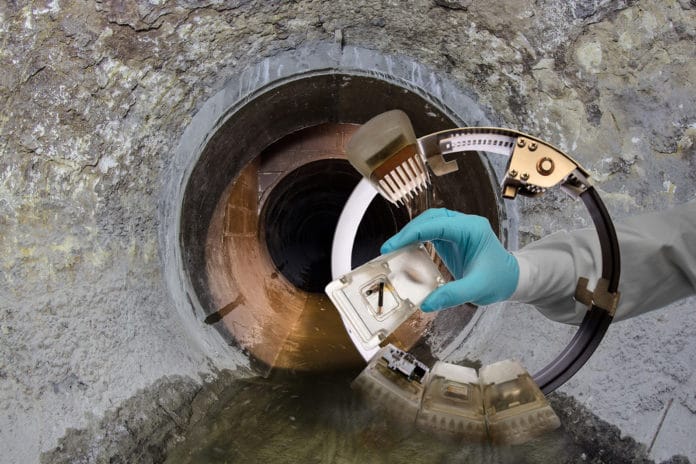While most companies dispose of their wastewater properly, but some want to avoid the costs associated with it, so they quietly and secretly release their hazardous wastewater into the sewage canals. Detecting this kind of environmental crime on a broad scale can be very difficult.
So, Fraunhofer researchers and their partners have developed a new sensor system that could soon help safety agencies to uncover these kinds of offenses. When placed in the sewage canal, it detects certain substances that are typically found in affected wastewater and helps isolate and expose polluters.
The system consists of three rings, each one of which is equipped with sensors (physical sensor or chemical sensor), as well as a battery, an energy management system, a control, and communication system and a micro-pump sampling system.
A robot is used to place the rings in the sewage pipe. The first ring is positioned directly in front of the suspected company’s inlet. The second goes directly behind it, while the third one is mounted a little further back in the sewage canal.

Equipped with a physical sensor for measuring various parameters, such as temperature, pH and water conductivity, the first two rings communicate with each other wirelessly and compare the measurement data from their sensors. If it is determined that parameters are changing significantly, the second ring transmits a special signal to “wake up” the third ring.
That third ring is integrated with a chemical sensor – which features six electrodes that are each coated with a special polymer coating – and a sampling system. It then analyzes the water, checking for the presence of specific pollutants. If any of those substances are detected, it suggests that the wastewater contains certain pollutants and immediately alert the authorities.
Read more: Converting the sewage sludge into energy and mineral salts
The system also draws a small sample of the wastewater that can then be thoroughly tested by hand in the lab and used as evidence in a court of law. The chemical sensor can be used for multiple measurements. For that, the ring automatically dispenses a cleaning solution that flushes out the chemical sensors after each measurement, leaving them ready for next time.
The technology was developed by researchers at Germany’s Fraunhofer Institutes for Integrated Circuits and for Reliability and Microintegration, working with their partners in the European Union microMole project. It has already been successfully tested in the lab, in an artificial wastewater system with real wastewater, and then in a real sewage pipe.
“The system detected suspect sewage and triggered a corresponding alarm,” said Harald Pötter, department head at Fraunhofer IZM. The team is next planning to conduct a large-scale test run of the system’s physical sensors with partners in five European cities.
